Behind the elegance and tradition of competitive equestrian events lies a complex environmental footprint that often remains invisible to spectators and even participants. While horses themselves represent a connection to nature, the industry surrounding equestrian competitions creates significant ecological impacts through land use, resource consumption, and carbon emissions. From small local shows to international championships, horse sports require extensive infrastructure, transportation networks, and ongoing maintenance that collectively strain our planet’s resources. As environmental awareness grows across all sectors, the equestrian world faces increasing pressure to examine and address these hidden costs while preserving the cultural and athletic value of these beloved traditions.
The Massive Land Footprint of Equestrian Facilities

Competitive horse sports require extensive land development that transforms natural habitats into highly managed environments. A single international-standard equestrian center typically encompasses 50-100 acres of land that must be cleared, leveled, and maintained, often replacing native ecosystems with monoculture grasses and artificial surfaces. Indoor arenas alone can occupy 20,000-40,000 square feet, requiring significant resources for construction and climate control throughout their operational lifetime. Beyond competition spaces, these facilities need vast parking areas to accommodate horse trailers, spectator vehicles, and service equipment, frequently paved with impermeable surfaces that disrupt natural water cycles. The environmental impact extends further when considering the land devoted to producing feed for competition horses, with each animal requiring approximately 1.5-2 acres of hay production annually, land that could otherwise support biodiversity or food production for human consumption.
Water Consumption and Management Challenges
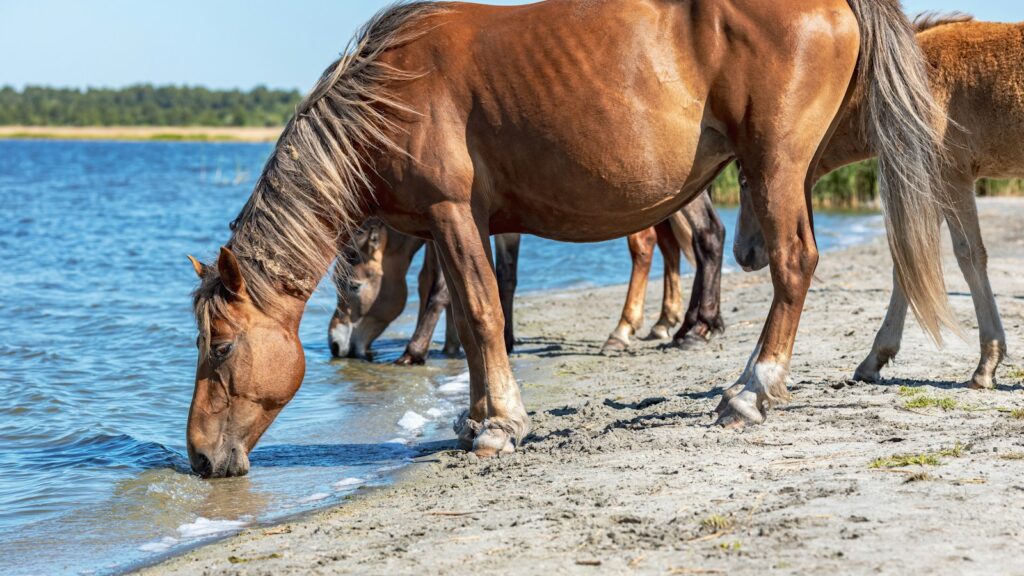
The water requirements for maintaining competition-ready equestrian facilities are staggering and often overlooked. Competition arenas, particularly those with specialized footing, require regular watering to maintain optimal conditions—a single international dressage arena may need up to 10,000 gallons of water weekly during dry seasons. Beyond the competition surfaces, facility maintenance includes irrigation for surrounding landscaping, washing stations for horses and equipment, and water for dust control in parking and staging areas. Competition horses themselves consume 5-15 gallons of water daily, with requirements increasing significantly during competition periods and hot weather. Additionally, water quality management becomes crucial as equestrian facilities must address runoff containing manure, bedding materials, and sometimes arena footing additives that can contaminate local waterways if not properly managed through expensive containment systems.
Carbon Footprint of Horse Transportation

The movement of horses for competition creates one of the most significant environmental impacts in equestrian sports. Long-distance horse transport typically relies on specialized vehicles that achieve poor fuel efficiency—diesel-powered horse trailers and trucks often get just 8-10 miles per gallon when loaded, while air transport for international competitions produces exponentially higher emissions. For major international events like the World Equestrian Games or Olympic equestrian competitions, hundreds of horses may be flown globally, with each equine air shipment generating a carbon footprint comparable to dozens of human passengers. The environmental impact multiplies when considering that top competition horses may travel to 15-20 events annually, sometimes crossing continents for prestigious competitions. Additionally, each horse typically travels with support staff, equipment, and specialized feed, further increasing the transportation-related carbon emissions associated with competitive events.
Resource-Intensive Arena Surfaces and Maintenance
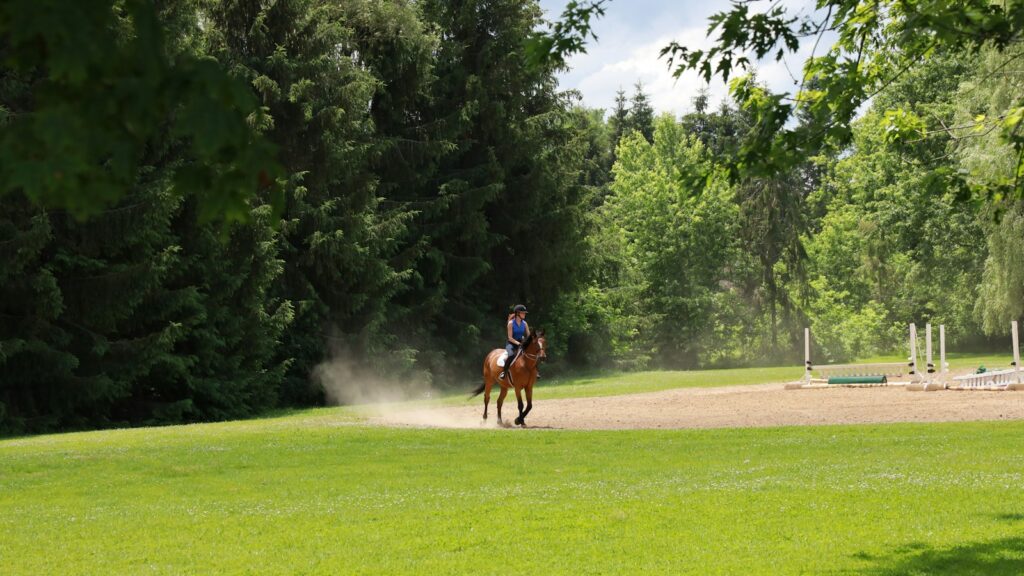
Modern competition surfaces represent a significant and often invisible environmental cost in equestrian sports. High-performance arena footing typically contains synthetic materials including polyethylene fibers, rubber particles, and silica sand, with a standard 20x60m dressage arena requiring approximately 150 tons of engineered footing that must be replaced every 7-10 years. The production, transportation, and eventual disposal of these materials create a substantial environmental burden, particularly as many contain microplastics that persist in the environment. Maintenance of these surfaces requires specialized equipment operating daily, including tractors, water trucks, and grooming implements that consume fossil fuels and create additional emissions. Indoor arenas compound these impacts by requiring climate control systems that maintain specific temperature and humidity levels year-round, consuming significant energy resources regardless of seasonal conditions or facility usage patterns.
Energy Consumption at Competition Venues
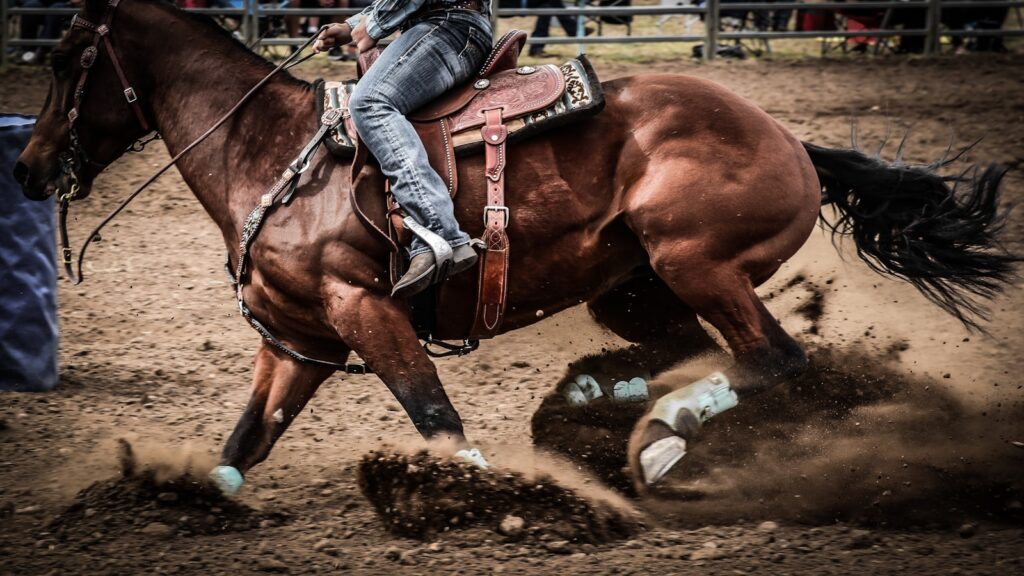
The energy demands of hosting equestrian competitions extend far beyond what spectators might imagine. Indoor competition venues require extensive lighting systems that often operate at television broadcast standards, with power requirements reaching 100,000 watts for larger arenas during international events. Climate control represents another major energy draw, as indoor facilities maintain specific temperature ranges regardless of outdoor conditions to ensure optimal performance conditions for both horses and riders. During multi-day events, temporary stabling areas require continuous lighting and ventilation systems operating 24 hours daily, creating substantial energy demands even during non-competition hours. Additional energy consumption comes from support facilities including media centers, scoring systems, sound equipment, hospitality areas, and refrigeration for veterinary supplies, collectively creating a massive electricity demand that typically relies on conventional power grids rather than renewable sources.
Waste Management Challenges in Equestrian Events
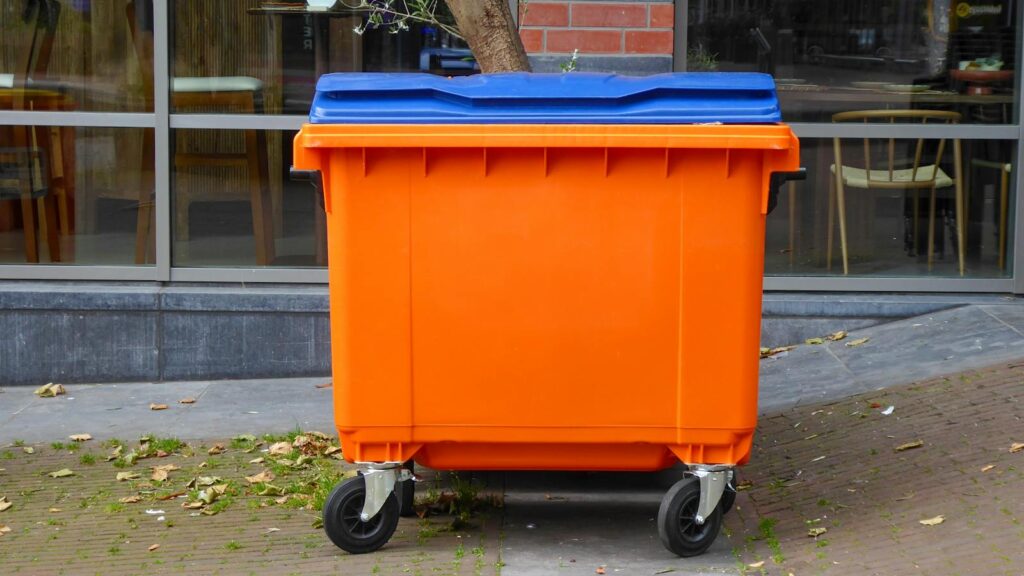
The volume of waste generated during equestrian competitions creates significant environmental management challenges that often remain behind the scenes. A single competition horse produces approximately 50 pounds of manure and soiled bedding daily, meaning a weekend event with 200 horses can generate 20,000 pounds of organic waste requiring proper handling and disposal. Competition venues must also manage substantial human-generated waste, particularly at spectator-heavy events where single-use food containers, programs, and beverage packaging create tons of additional refuse. Equipment-related waste presents another environmental consideration, including disposed arena footing materials, damaged jump equipment, fencing materials, and temporary stabling components that often cannot be recycled due to contamination or composite construction. Without comprehensive waste management programs, these materials frequently end up in landfills, where organic waste like manure produces methane, a potent greenhouse gas with 25 times the warming potential of carbon dioxide.
Feed Production and Its Environmental Impact
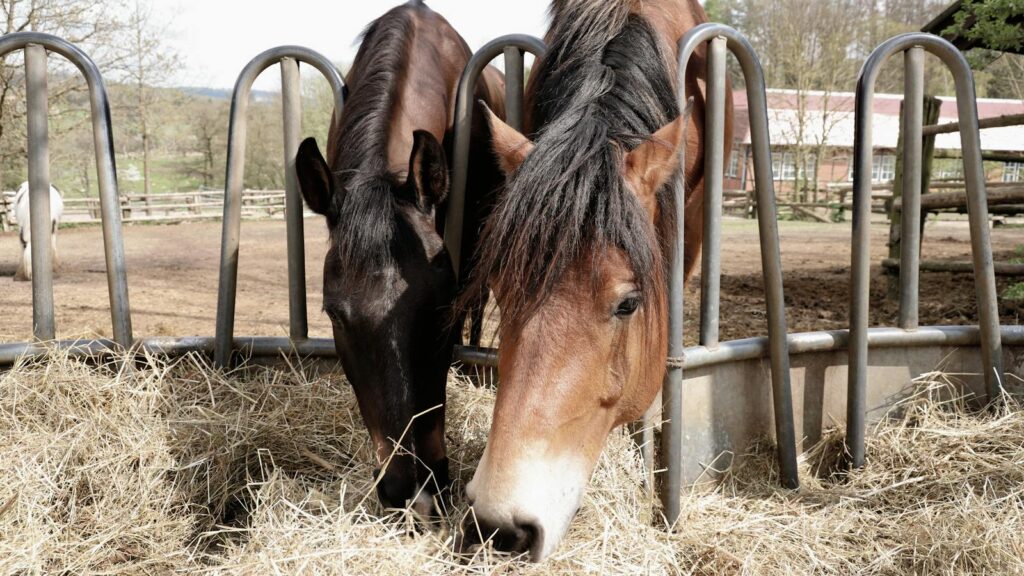
The specialized nutritional requirements of competition horses create substantial environmental pressures through intensive agricultural practices. High-performance competition horses consume 2-3% of their body weight daily in feed, requiring approximately 5-7 tons of hay annually per horse, plus concentrated feeds that often contain globally-sourced ingredients including soy, beet pulp, and specialized oils. Production of these feeds involves significant land use, with fertilizers, pesticides, and machinery emissions adding to the environmental impact throughout the growing season. The carbon footprint extends through processing facilities where feeds are manufactured, packaged in plastic-lined bags, and shipped globally to meet the specific nutritional programs of competition horses. Additionally, many top competition horses receive specialized supplements, often in single-use plastic packaging, creating further waste streams with limited recycling potential in the pursuit of optimized athletic performance.
Chemical Usage in Facility and Horse Management

Competitive equestrian environments rely heavily on chemical products that create environmental concerns both on-site and downstream. Arena dust suppression often involves application of petroleum-based products or magnesium chloride solutions that can impact soil biology and potentially contaminate groundwater when applied regularly over large surfaces. Pest management around stables and competition venues typically includes insecticides and rodenticides that can affect non-target species and persist in the environment long after application. Horse care itself introduces additional chemicals, including specialized shampoos, coat conditioners, hoof products, and pharmaceutical residues that enter water systems through washing areas and waste disposal. Furthermore, facility maintenance requires disinfectants, cleaning compounds, and equipment maintenance products that collectively create chemical runoff concerns, particularly at temporary competition venues that may lack permanent containment systems for managing these potential contaminants.
The Ecological Impact of Pasture Management

The demands of keeping competition horses in peak condition have transformed pasture management practices away from natural systems toward intensive approaches with significant ecological consequences. Competition facilities typically maintain pastures as monoculture grasses selected for palatability and energy content rather than ecological diversity, eliminating native plant species that would support pollinators and other wildlife. These pastures often receive regular applications of synthetic fertilizers to promote rapid growth, creating nutrient runoff issues that can lead to water quality degradation in surrounding watersheds. Parasite management for valuable competition horses frequently involves rotational deworming programs, with medication residues passing through manure into soils where they can impact beneficial organisms like dung beetles that would naturally aid in decomposition. Additionally, the compaction created by horses in managed turnout situations can damage soil structure, increase erosion potential, and reduce the land’s carbon sequestration capacity compared to natural grassland ecosystems.
Bedding Materials and Their Environmental Footprint

The stabling requirements for competition horses create a significant environmental burden through the production, transportation, and disposal of bedding materials. Traditional wood shavings bedding for a single competition horse requires approximately 2-4 cubic yards monthly, representing multiple trees annually when multiplied across the competition horse population. Alternative bedding options including paper products, processed straw, or manufactured pellets each carry their own environmental costs through manufacturing processes, packaging materials, and transportation emissions. At major competitions, bedding materials are typically used briefly and then disposed of rather than composted, creating massive waste volumes—a weeklong international event with 500 horses can generate over 100 tons of soiled bedding requiring disposal. The environmental impact extends further when considering that many synthetic bedding products contain additives for dust control or absorbency that may not decompose naturally, potentially introducing microplastics or other persistent compounds into disposal sites.
Spectator Impact and Event Infrastructure
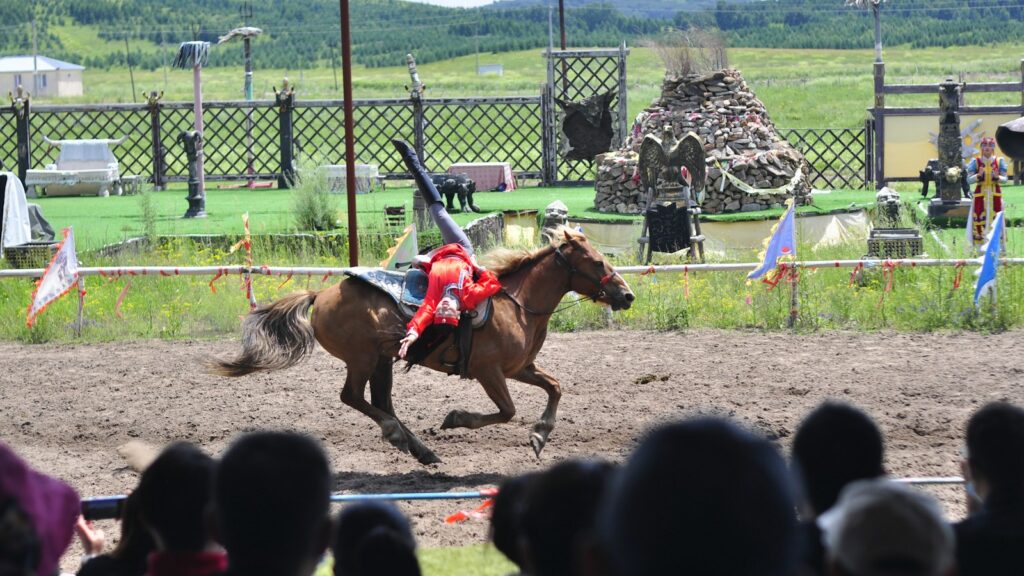
The environmental footprint of equestrian competitions extends well beyond the horses themselves to include significant impacts from spectator attendance and temporary infrastructure. Major events like the Kentucky Three-Day Event or Global Champions Tour can draw 50,000+ spectators, with associated vehicle emissions, parking requirements, and traffic congestion creating localized air quality issues and soil compaction. Temporary infrastructure including grandstands, hospitality tents, and vendor areas requires energy-intensive manufacturing, transportation to event sites, and eventual disposal, often with limited opportunities for material reuse or recycling. Food service at these events typically relies on single-use containers and utensils, creating substantial waste streams even when recycling programs are implemented. Additionally, water usage spikes dramatically during events, with requirements for restroom facilities, food preparation, and general operations often straining local water supplies, particularly at venues located in water-sensitive regions or during seasonal drought conditions.
Climate Change Vulnerabilities in Equestrian Sports

The competitive equestrian world faces particular vulnerability to climate change impacts that may fundamentally alter the sport’s future viability. Rising temperatures create direct welfare concerns for competing horses, with heat stress becoming increasingly common during summer events and requiring additional resource-intensive cooling systems including misting tents, ice water baths, and air-conditioned recovery areas. Changing precipitation patterns affect both outdoor competition scheduling and the water requirements for maintaining consistent arena surfaces, with facilities experiencing both drought conditions requiring increased irrigation and extreme rainfall events that can damage carefully prepared competition surfaces. The carbon-intensive nature of the sport creates a troubling feedback loop, as the emissions associated with competition contribute to the climate changes that increasingly threaten event viability and horse welfare. Additionally, the global transportation networks supporting international competition become increasingly vulnerable to climate-related disruptions, from flight cancellations due to extreme weather to transportation infrastructure damage from intensifying storms.
Emerging Sustainability Initiatives in Equestrian Competition

Despite significant environmental challenges, the equestrian competition world has begun implementing promising sustainability initiatives that address these hidden costs. The Fédération Equestre Internationale (FEI) has developed sustainability guidelines for event organizers that include waste reduction requirements, water conservation measures, and energy efficiency recommendations that top-tier competitions must now implement. Innovative facility designs increasingly incorporate renewable energy systems, with solar arrays appearing on indoor arena rooftops and geothermal systems providing climate control with reduced emissions at recently constructed venues. Waste management programs have evolved to include mandatory manure composting at major events, creating valuable soil amendments that can be distributed locally rather than sent to landfills. Additionally, several prominent competitions now offer carbon offset programs that calculate transportation emissions and fund environmental projects to mitigate the climate impact, while technology advances in virtual competition formats reduce travel requirements by allowing horses and riders to compete remotely for certain events.
Balancing Tradition with Environmental Responsibility
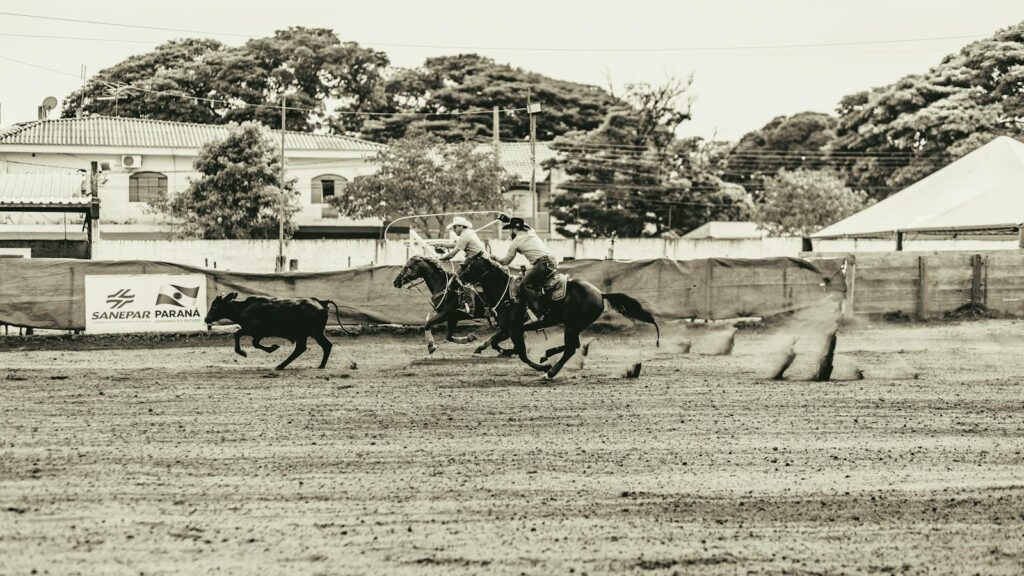
The equestrian world now faces the complex challenge of preserving cherished sporting traditions while addressing their environmental consequences. Competition organizers increasingly find themselves balancing the expectations of participants who value traditional competitive experiences against growing awareness of sustainability concerns among sponsors, spectators, and governing bodies. This evolution requires reimagining long-established practices, from reconsidering the necessity of extensive horse transportation for competition to developing innovative, environmentally-friendly alternatives to resource-intensive arena surfaces. Progressive competition venues have begun implementing changes including rainwater harvesting systems, biodegradable packaging requirements for vendors, and renewable energy investments that demonstrate how environmental responsibility can be integrated without compromising competitive standards. Perhaps most importantly, industry leaders recognize that addressing these hidden environmental costs represents not just an ethical imperative but also a business necessity, as younger generations of equestrians increasingly consider environmental impact in their participation decisions and financial support of the sport.
conclusion

As the equestrian world confronts its environmental responsibilities, the path forward involves acknowledging these hidden costs while developing innovative solutions that preserve the unique relationship between horses and humans in competitive settings. The sustainability challenges facing horse sports mirror those of our broader society—requiring reassessment of resource usage, waste management, and carbon emissions while maintaining cultural traditions and economic viability. By approaching these issues transparently and implementing meaningful changes, the equestrian community has the opportunity to transform environmental challenges into leadership examples that extend far beyond the competition arena. The future of equestrian sport will likely depend not just on athletic excellence but on demonstrating environmental stewardship that honors both the natural world and the remarkable partnership between horses and humans that defines these beloved competitions.







